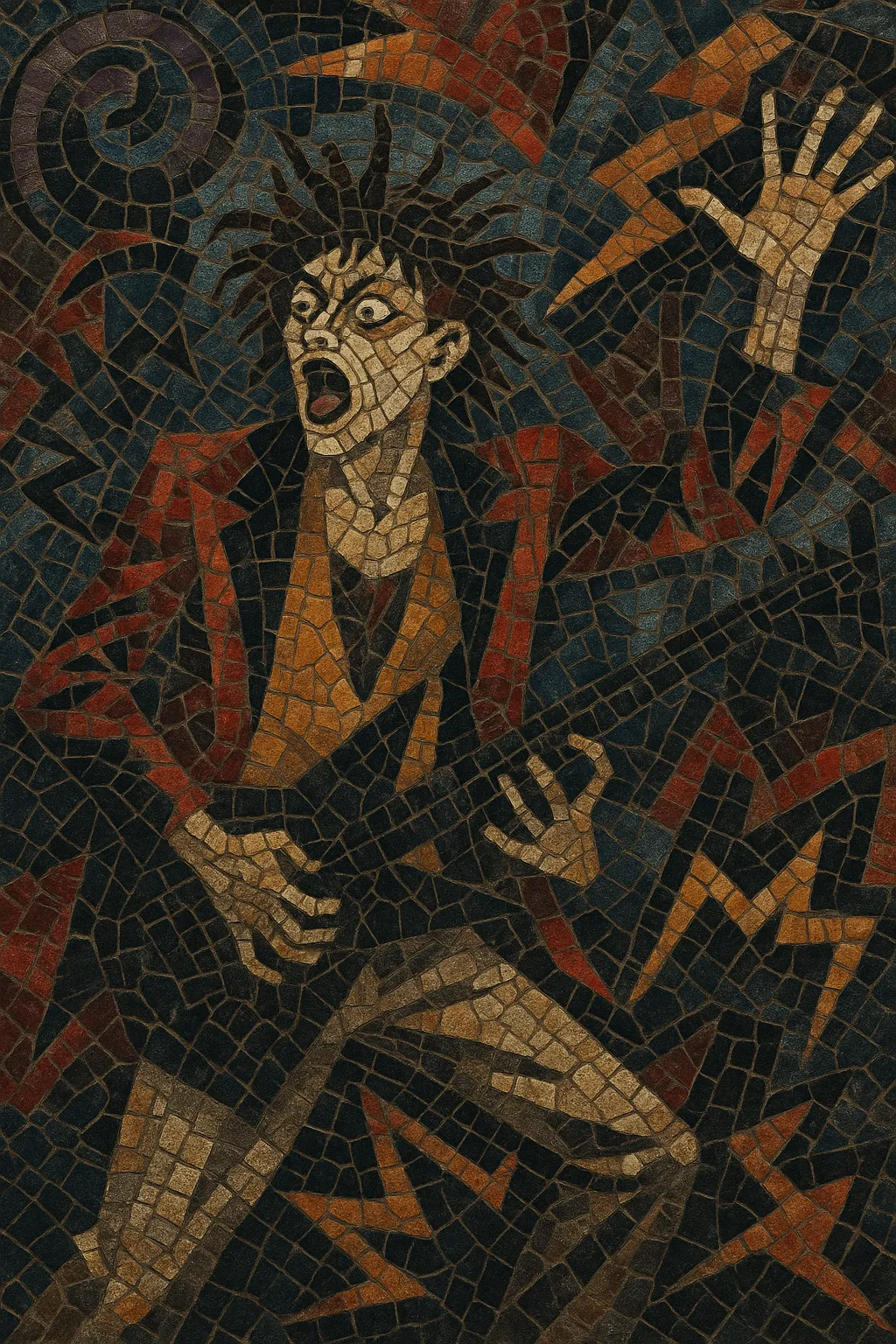Sasscore is a flamboyant, chaotic strain of post-hardcore that fuses mathcore angularity and screamo vocal intensity with the swagger and danceability of dance‑punk.
Its “sass” refers as much to attitude as to sound: snide, fashion‑forward, often queer‑coded theatrics delivered through yelped shrieks, nasal sneers, and talk‑sung tirades over skittering, stop‑start rhythms.
Guitars are wiry and dissonant, drums whip between blasty bursts and hip‑shaking punk‑funk grooves, and synths or sax occasionally add skronky color. The result is nervy, high‑energy music that’s equal parts confrontational and camp.
Sasscore coalesced in the early 2000s United States underground as a flashy, theatrical offshoot of post‑hardcore and mathcore. Bands drew on the dissonant complexity of mathcore and the volatility of screamo while borrowing the strut and syncopation of dance‑punk and the art‑damage of no wave. West Coast and Pacific Northwest DIY circuits (notably San Diego and Seattle) became hotbeds where groups cultivated a deliberately androgynous, fashion‑forward "white‑belt" aesthetic that matched the sound’s brittle treble tones and knife‑edge dynamics.
The style’s hallmark was attitude: snotty, queer‑coded camp delivered through high‑pitched shrieks, rapid‑fire spoken asides, and theatrical call‑and‑response vocals. Musically, songs pivoted from blasty spasms and mathy stabs to hip‑shaking, punk‑funk beats, with guitars favoring dissonant intervals and staccato jabs over thick distortion. Occasional synths or skronky sax amplified its nervy, cabaret‑meets‑hardcore feel. Live shows emphasized performance—glittering outfits, frenetic movement, and confrontational crowd work—making the genre as visual as it was sonic.
By the late 2000s many flagship bands dissolved or evolved, with members moving into different art‑punk, noise rock, or post‑hardcore projects. Yet the vocabulary—campy bravado, mathy jumps, danceable breakdowns—percolated into adjacent scenes. In the late 2010s and 2020s, a revivalist wave reclaimed the label, with newer acts explicitly citing the early pioneers and re‑centering sasscore within a broader, inclusive heavy‑music landscape.


